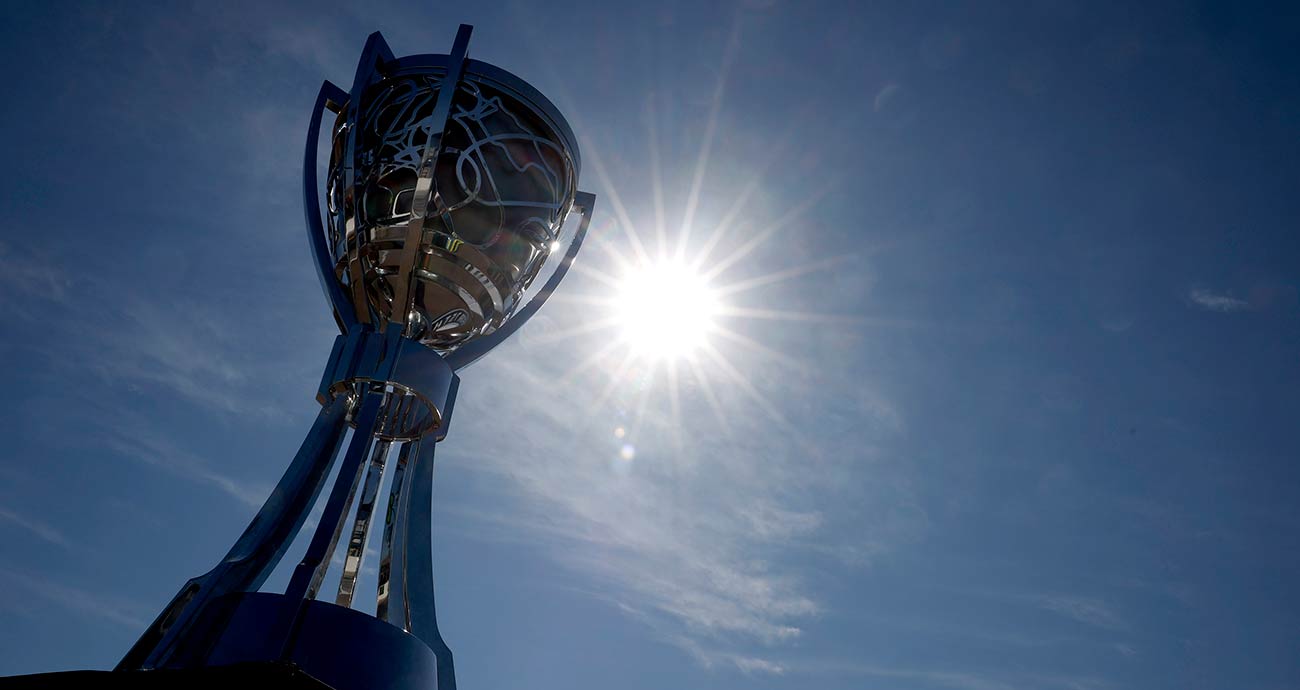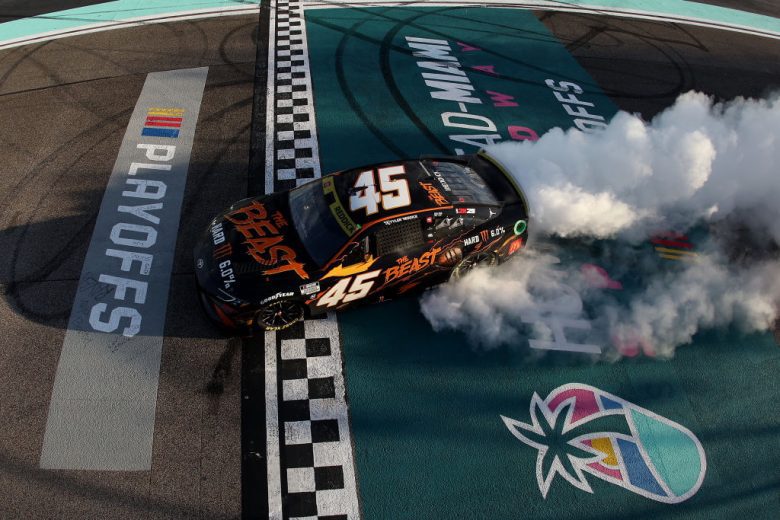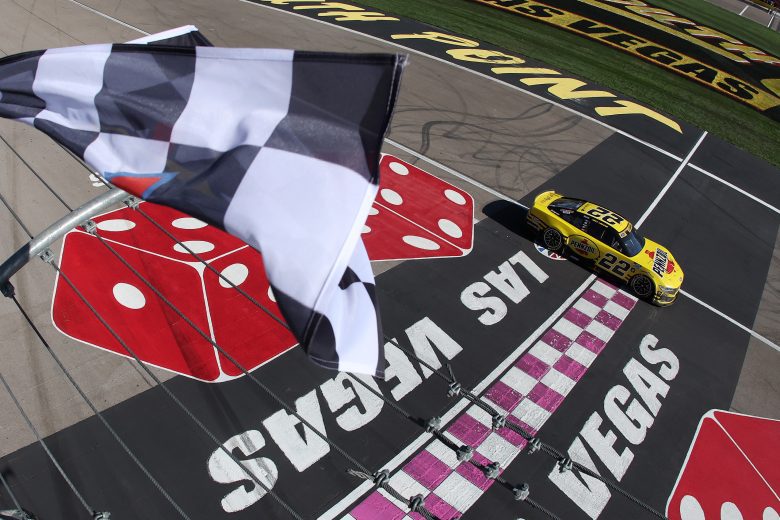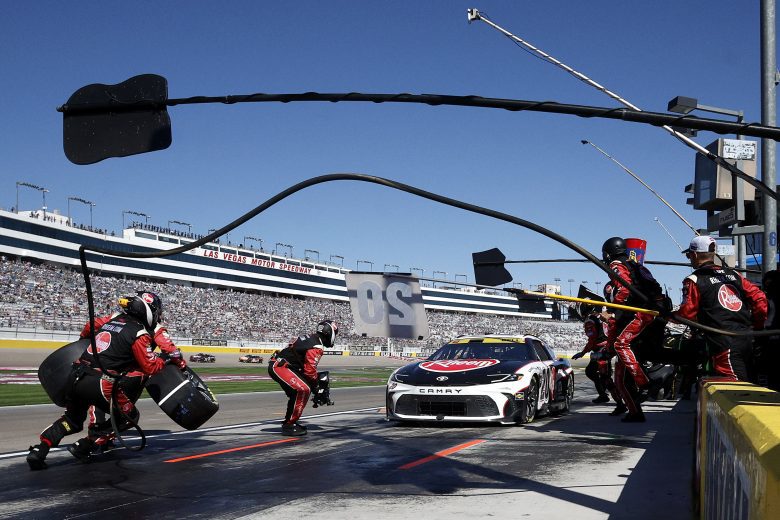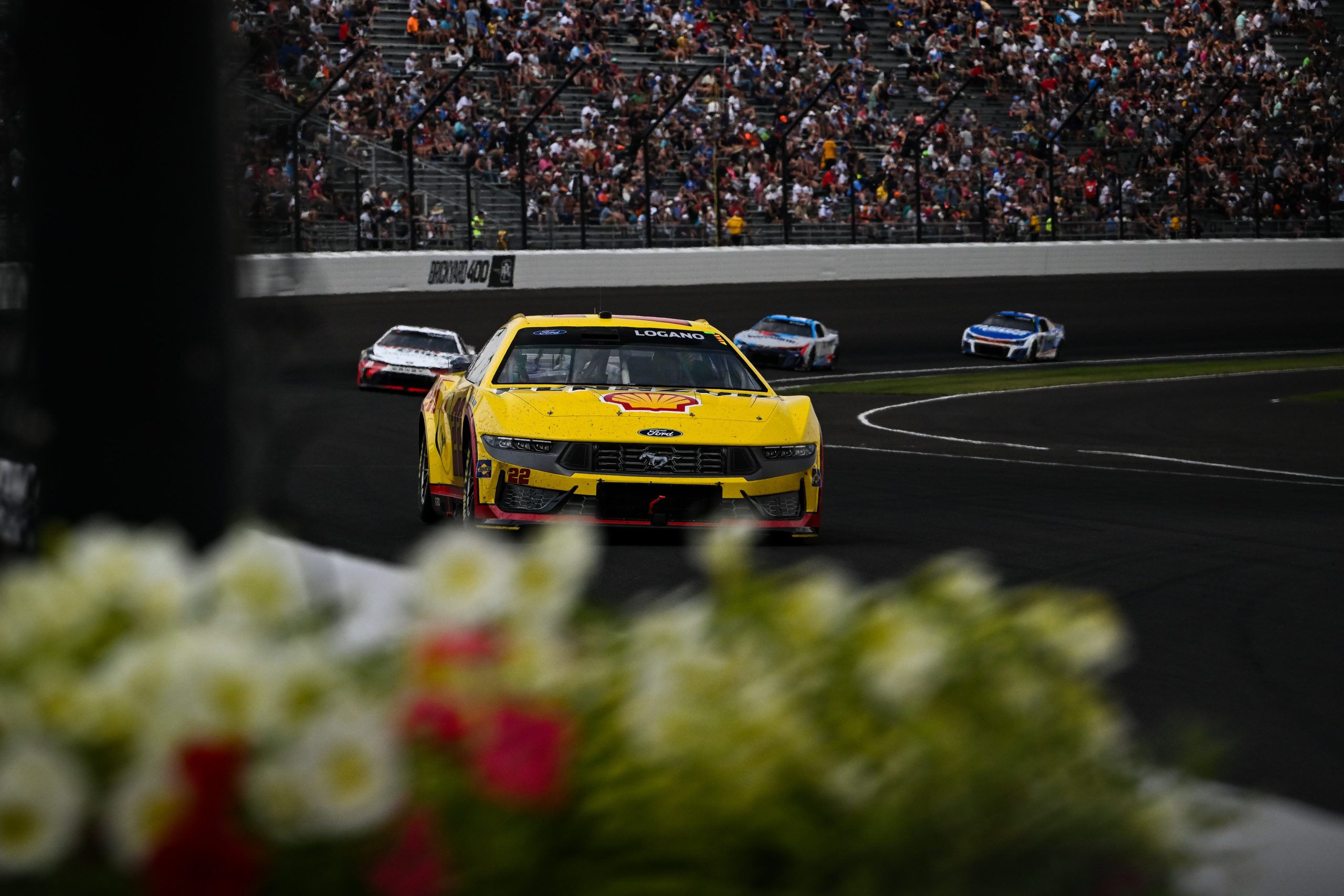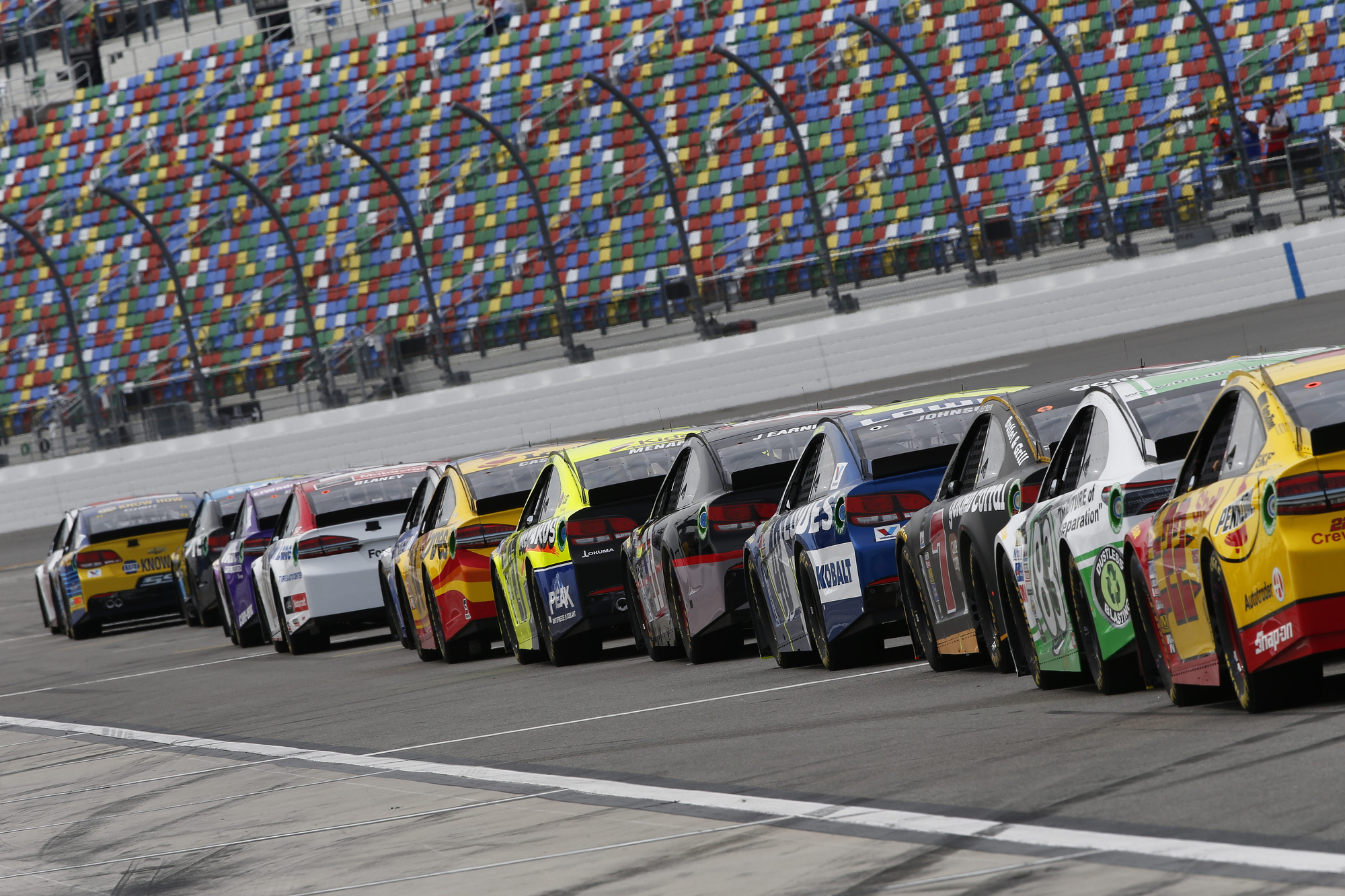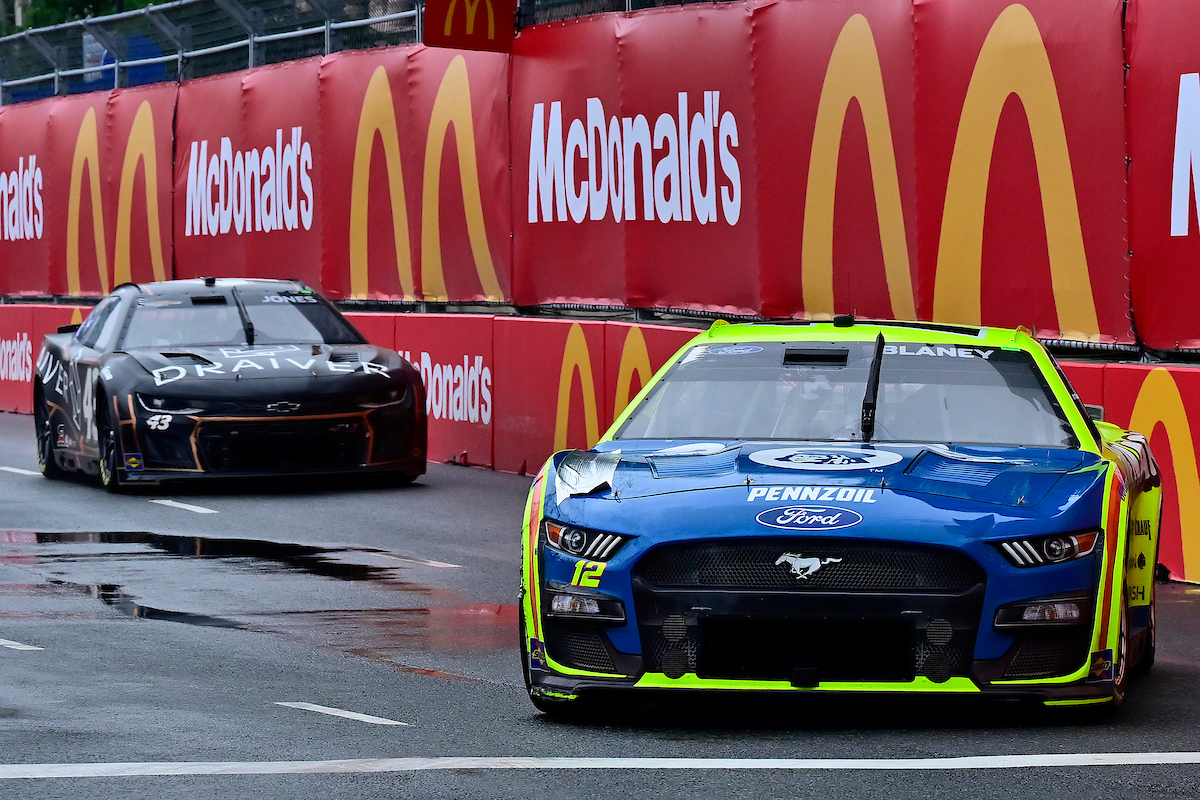Is NASCAR And F1 The Same? Exploring The Differences In Motorsports

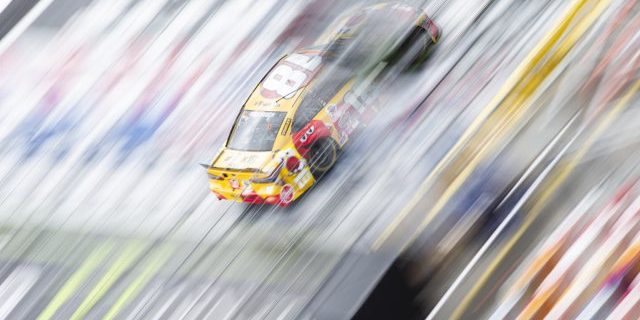
NASCAR and Formula 1 (F1) are not the same; they are distinct motorsport disciplines with different origins, rules, and car designs. While both involve high-speed car races, the comparison stops there. F1 races, known for their global appeal, take place on purpose-built tracks with a mix of corners and straight sections, emphasizing the aerodynamics and advanced engineering of open-wheel, single-seater cars. Conversely, NASCAR predominantly races on oval tracks in the United States and features stock cars, which are heavier and have a design closer to consumer vehicles. These two premier forms of racing cater to different audiences and sponsorships, with each commanding a significant following for its unique racing style and culture.
Table of Contents
Comparing Race Formats and Competition Structure
When examining the world of motorsports, the race formats and competition structures of NASCAR and F1 present clear distinctions. These differences shape the way races are conducted, seasons are contested, and championships are won.
Race Season and Formats
NASCAR: The NASCAR Cup Series features a season split into a regular period and playoffs. Races are multi-stage, with points awarded after each stage to encourage consistent performance.
- Format: The regular season determines who enters the playoffs, culminating in the Championship 4 race where the title is decided.
Formula 1: F1 follows a calendar with a series of Grands Prix, where points are accumulated throughout the season to decide the World Champion.
- Format: Every race contributes to the season-long tally, with no playoffs involved.
Tracks and Racing Environments
NASCAR: Competitions take place on a variety of tracks, such as ovals, road courses, and short tracks like Martinsville, Bristol, and Richmond.
- Variety: Includes superspeedways and intermediate tracks, each offering a unique challenge.
Formula 1: Races occur globally on specially designed road courses, with some street circuits included for diverse racing conditions.
Teams and Drivers
NASCAR: Teams can field multiple cars, with drivers competing both for individual accolades and team success. Notable champions like Lewis Hamilton do not partake in NASCAR, as it’s a distinct racing series.
Formula 1: Limited to two cars per team, drivers and constructors compete for separate titles, with technology and driver skill being pivotal.
Spectacle and Fan Experience
NASCAR: Known for close racing, frequent overtaking, and refueling during pit stops, which contributes to an engaging fan experience.
Formula 1: Offers a spectacle of high-speed racing with advanced engineering, where strategic pit stops (sans refueling) play a crucial role.
Economic Aspects
NASCAR and Formula 1: Both sports generate significant revenue, with team budgets and sponsorship deals reflecting the value of exposure within each series.
- Budget Cap: F1 has recently introduced a cost cap to level the playing field, a regulation not currently present in NASCAR.
Governing Rules and Regulations
NASCAR: Operates under a set of regulations tailored to stock car racing, placing emphasis on safety and fair competition.
- Safety: Has evolved significantly, particularly after the introduction of devices like the HANS device.
Formula 1: Governed by the FIA, it emphasizes technological innovation within a strict set of rules, also with a strong focus on driver safety.
- ERS: The Energy Recovery System is a key technical component in F1 that is not present in NASCAR.
Technical Specs and Car Design
This section examines the specific engineering and design elements that distinguish F1 and NASCAR vehicles, emphasizing the technical aspects that contribute to their performance in racing environments.
Vehicle Engineering and Mechanics
F1 cars are powered by a turbocharged V6 engine, known as the power unit, which incorporates an Energy Recovery System (ERS). This system captures energy dissipated during braking and redeploys it for acceleration, contributing to an output of around 1000 horsepower. In contrast, NASCAR vehicles typically employ a naturally aspirated V8 engine without an energy recovery system, which generates approximately 670 horsepower. Both series of cars are designed with a focus on maximizing speed and acceleration while ensuring the resilience needed to withstand the stresses of racing.
Aerodynamics and Performance Factors
Aerodynamics plays a crucial role in racing, influencing speed, acceleration, and grip on the track. F1 cars are designed with advanced aerodynamics that create significant downforce, enhancing grip and allowing for faster cornering speeds. Key aerodynamic features include front and rear wings, and intricate underbody designs that manage airflow, reduce drag, and maximize performance. NASCAR cars also consider aerodynamics, but the emphasis is on stability and drafting, crucial for oval racing where vehicles run in close proximity at high speeds.
Differences in Car Models
F1 cars are built to stringent specifications that result in a uniform height, width, and weight. Each team designs their cars within these regulations, leading to varied interpretations of the best aerodynamic and mechanical layout. F1 cars must be no more than 200 cm wide and 95 cm tall. NASCAR cars have a different challenge, as they are based on production models from manufacturers like Ford, Toyota, and Chevy. While regulations ensure parity amongst competitors, stock cars are roughly double the weight of an F1 car and are designed to look similar to consumer vehicles.
Safety and Technology Innovations
Safety is paramount in both F1 and NASCAR, with continuous advancements in technology to protect drivers. The monocoque chassis in F1 is a highly advanced survival cell, containing layers of carbon-fiber and energy-absorbing structures. NASCAR also prioritizes safety, developing strong roll cages and safety features that have evolved remarkably. Both racing forms employ comprehensive telemetry systems to monitor car performance and provide critical data post-incident. These technological innovations help ensure that despite the high speeds and inherent risks of racing, drivers remain as safe as possible.
Cultural and Historical Impact
NASCAR and Formula 1 have distinct cultural signatures and historical narratives that have shaped their development and the automotive industry at large. Each racing series carries a broad influence on their respective fanbases and has a long-standing heritage that resonates globally.
Notable Championships and Rivalries
In the world of NASCAR, the NASCAR Cup Series reigns as the pinnacle of competition, often highlighting intense rivalries like the well-documented feud between Richard Petty and David Pearson in the 1970s. Formula 1’s World Championship has seen notable rivalries as well, including the legendary battle between Ayrton Senna and Alain Prost. These high-stakes competitions contribute to the lore and appeal of each series.
Historical Development of Racing Series
NASCAR’s origins trace back to the prohibition era, where bootleggers modified cars for speed and agility. Officially established in 1948, it has a rich history tied to the culture of the American South. Conversely, Formula 1 originated in Europe shortly after World War II, with the modern iteration of F1 beginning in 1950. F1 has a tradition of representing the pinnacle of car technology and performance on an international stage.
Influence on Automotive Industry
Both NASCAR and Formula 1 have made significant contributions to automotive technology. Manufacturers like Chevrolet, Ford, and Toyota in NASCAR, and Mercedes, Ferrari, and Red Bull in F1 have developed new car technologies and innovations through their participation in these series. Advancements in aerodynamics, safety, and fuel efficiency are direct results of the competition among teams to improve performance.
Representation in Media and Popularity
Media representation has played a central role in the popularity of both racing series. NASCAR has long been associated with American culture, prominently featured in films, advertisements, and television. Formula 1’s global appeal is reflected in its diverse fanbase, extensive media coverage, and initiatives such as the “Drive to Survive” Netflix series that have broadened its reach. Both sports draw significant attention with large-scale events and celebrity endorsements, influencing popular culture and car enthusiast communities worldwide.

